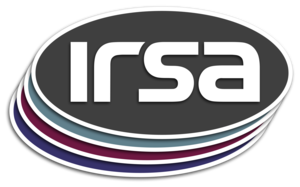The Herschel-SPIRE instrument mapped about 9% of the sky in Submillimeter broad-band filters centered at 250, 350, and 500 microns (1199, 857, 600 GHz) with spatial resolutions of 17.9", 24.2", 35.4" respectively. In total, we used the 6878 standard configuration scan maps that are available, including calibration observations. The SPIRE Point Source Catalog contains the result of a systematic and homogeneous source extraction on those maps using 4 different photometry extraction methods. Only regions affected by strong Galactic emission, mostly in the Galactic Plane, were excluded, as they tested the limits of the available source extraction methods. Aimed primarily at point sources, that allow for the best photometric accuracy, the catalog contains also significant fractions of slightly extended sources up to a limit. With most SPIRE maps being confusion limited, uncertainties in flux densities were established as a function of structure noise and flux density, based on the results of artificial source insertion experiments into real data along a range of celestial backgrounds. Many sources have been rejected that do not pass the imposed SNR threshold, especially at flux densities approaching the extragalactic confusion limit. A range of additional flags provide information on the reliability of the flux information, as well as the spatial extent and orientation of a source. Users are encouraged to check the flux density estimates of all 4 methods and follow the guidelines given in the Explanatory Supplement regarding their interpretation for point- and extended sources. For tracing back catalog objects to the originally contributing detections in SPIRE observations, a cross identification table is available that provides the relevant observation identifiers used by the Herschel Science Archive. For further details on catalog construction, detailed content, and validation, please see the Explanatory Supplement.
This dataset or service is made available by the Infrared Science Archive (IRSA) at IPAC, which is operated by the California Institute of Technology under contract with the National Aeronautics and Space Administration.




